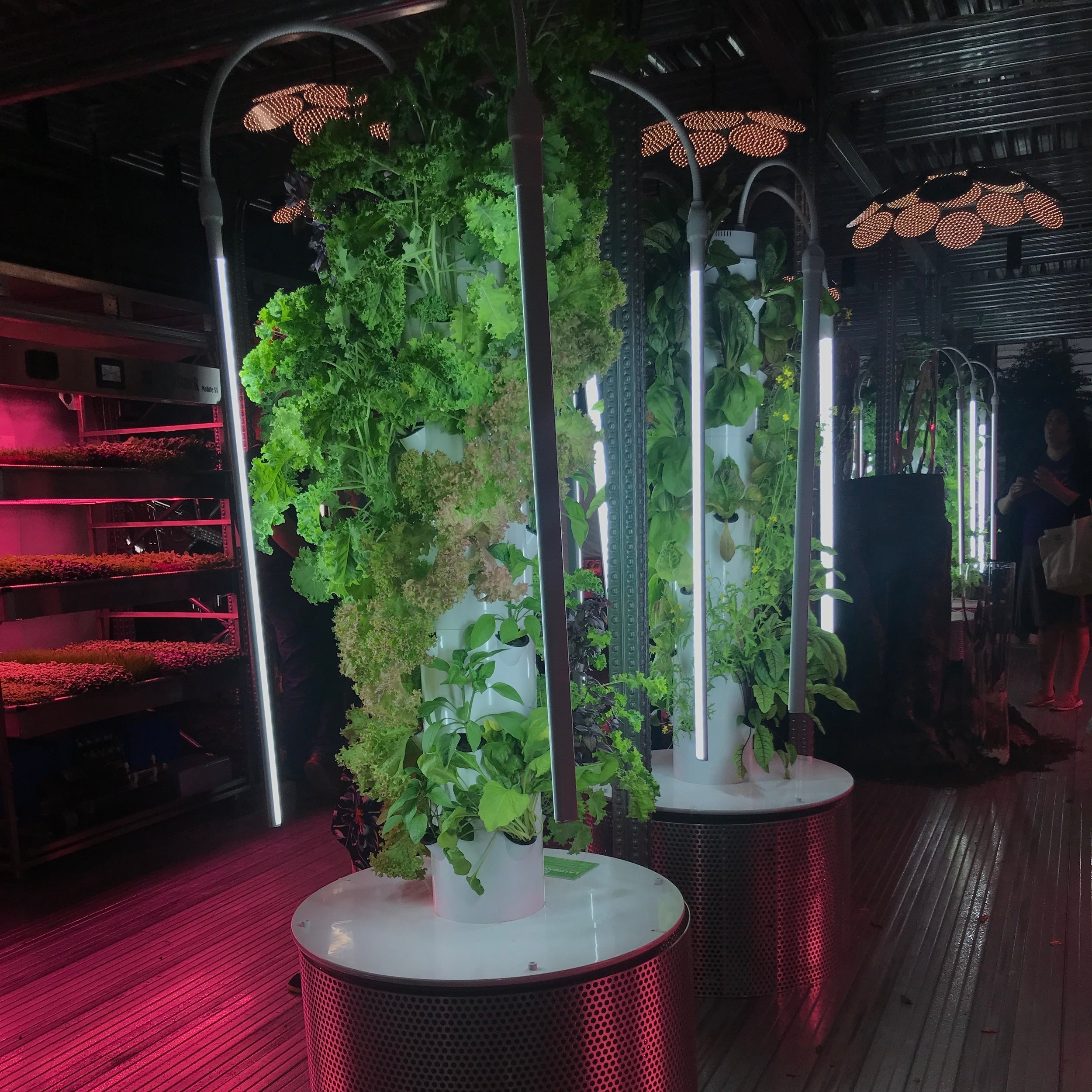If your balcony is not being used to lounge, plant or dine in, it’s time to rethink your potential miniature Garden of Eden.
IT’S ALL IN THE PLANNING
Consider aspect, shelter, shade and privacy and draw up a sketch plan. I use drawing programmes such as SketchUp and Vectorworks, but a sharp pencil, sheet of paper, scale ruler and measuring tape will do just fine.
REIGN IT IN
If it’s The Good Life you are seeking and a balcony is your only means to achieve it, forget the hens and patches of earth nestling huge pumpkins. Consider growing up in a garden wall or tower.
Think herbs and leaves, perhaps even some potted citrus trees. Start small with a few strong ideas that make the most of your balcony’s potential.
Planting a bottle tower garden on my balcony at my studio
PLANTS
Balconies are often more exposed to the elements however with the right plants, you can transform your balcony into an inviting space that thrives all year round.
Understanding which plants will tolerate these conditions will ensure the success of your balcony garden. (I’ll be listing and covering some of these plants in more detail next week).
Try to keep a base of evergreens for all year round greenery and hold back on including a rainbow of different coloured plants. Pick a theme of one or two colours other than green and stick to it.
Potting up some lemon thyme
FURNITURE
If you are downsizing from a garden to a balcony you may need to start again. Cluttering a balcony will always make it feel smaller.
I am about to move and when I dream up the narrow outside space, I’ve imagined squeezing in a dining table with seating for 6, a water feature, a corten steel firepit and oh how lovely it would be to lie back in a hammock from time to time. Of course, when I come to my senses and really consider the 1.59m x 5.62m space, I’d be lucky to comfortably seat 2.
Invest in the best quality outdoor furniture that your budget will allow or consider built-in furniture such as bench seating with storage, as this is a great way to maximise space. Look for lightweight pieces, UV-resistant outdoor fabrics and furnishings that suit the scale of the space you have.
POTS
Really consider weight when choosing pots. Avoid heavy terracotta and concrete and opt instead for lighter plastic or resin containers.
Unfortunately, quality comes at a premium, but I’d encourage you to invest in a few fabulous pots, rather than filling your balcony with cheap plastic varieties. Aim to fill them with a lightweight compost formula. If you have large pots, put them on wheels so you can move them around to suit seasonal conditions.
For the more adventurous, liberate plants from their pots and hang lots of kokedama on your balcony. They provide privacy and are an interesting take on a green wall.
If you would like to design your own garden in the sky and make the most of your balcony, join my Balcony & Terrace Design Workshop














